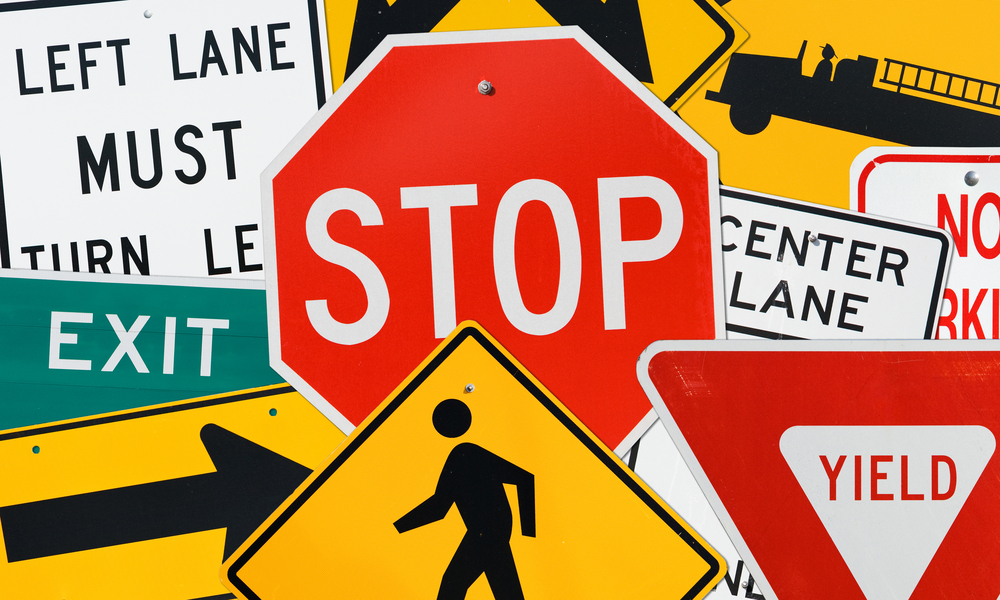Driving safely is not just about controlling a vehicle, it is about respecting the rules that make the road predictable. Many drivers forget important traffic laws once they pass their driving test, often out of habit, laziness, or the belief that they are unimportant. Yet these small lapses in judgment can lead to dangerous situations for everyone. Below are 40 traffic rules that drivers often forget, explained in detail to show why they matter and how following them helps prevent accidents.
1. Using Turn Signals Properly
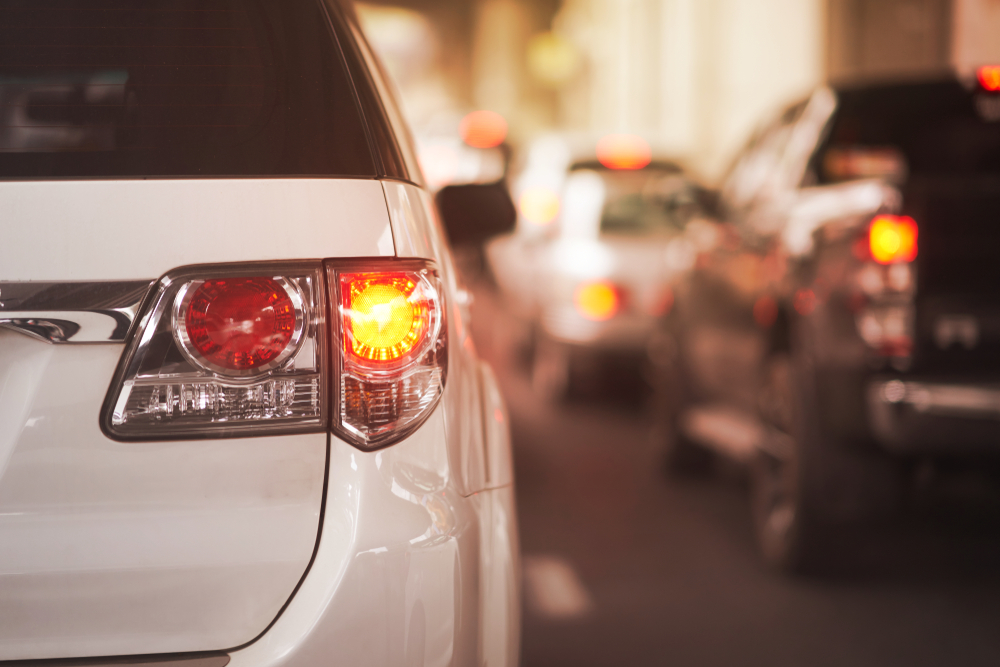
Turn signals are the simplest way to let others know what you are about to do, yet drivers frequently ignore them. Failing to use a signal leaves other drivers guessing, which causes hesitation and unsafe maneuvers. Signals should be used well before a lane change or turn, giving those around you time to react. Forgetting this rule increases the chance of accidents and fuels frustration among drivers. Using your indicator consistently makes traffic more predictable and far safer.
2. Yielding at Stop Signs

Stop signs are not optional suggestions. Many drivers slow down but do not come to a complete stop. A proper stop means that your wheels stop moving entirely before you proceed. This pause gives you time to check for other vehicles, pedestrians, or cyclists. Rolling stops may feel like they save time, but they cause confusion and make intersections unpredictable. A full stop is a small sacrifice for a much safer outcome.
3. Stopping Before the Crosswalk

Drivers often inch forward into crosswalks at red lights, blocking pedestrians from crossing safely. Crosswalks exist to keep pedestrians visible and protected. By stopping before the painted line, you allow people to cross without stepping into traffic lanes. Forgetting this rule forces pedestrians into dangerous situations and increases the risk of accidents. Respecting crosswalks shows discipline and protects those most vulnerable on the road.
4. Obeying Right-of-Way Rules

Right-of-way rules reduce confusion at intersections, yet many drivers forget them. At a four-way stop, the first car to arrive goes first. If cars arrive at the same time, the vehicle on the right has priority. Forgetting this rule creates hesitation or aggressive moves that lead to collisions. These laws exist to remove guesswork, and when followed, traffic flows smoothly with fewer conflicts.
5. Not Blocking Intersections

During heavy traffic, some drivers pull into intersections even when they cannot clear them. When the light changes, they are stuck in the middle, blocking cross traffic and creating gridlock. The rule is to wait until there is enough space to clear the intersection completely. Forgetting this rule not only creates chaos but can also result in fines. A little patience keeps traffic flowing and reduces frustration.
6. Yielding to Pedestrians
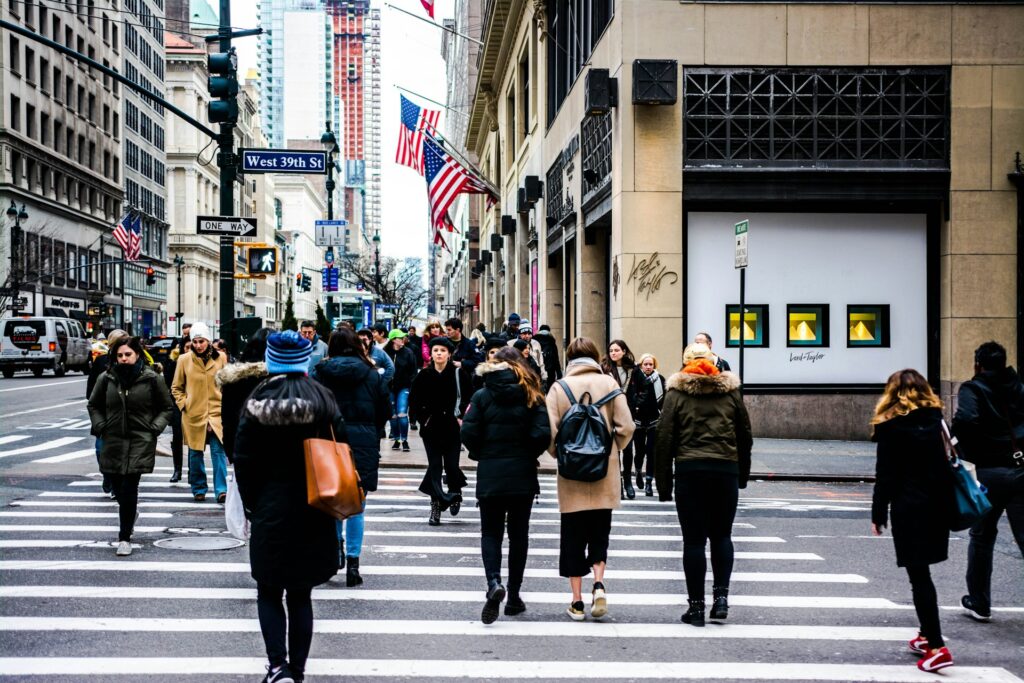
Pedestrians have the right-of-way at crosswalks, both marked and unmarked. Drivers often forget this and speed through while people are waiting. Pedestrians are unprotected, so even a low-speed collision can cause serious harm. Failing to yield is both illegal and dangerous. Slowing down and checking for pedestrians is a simple way to prevent tragedies.
7. Following Speed Limits in School Zones
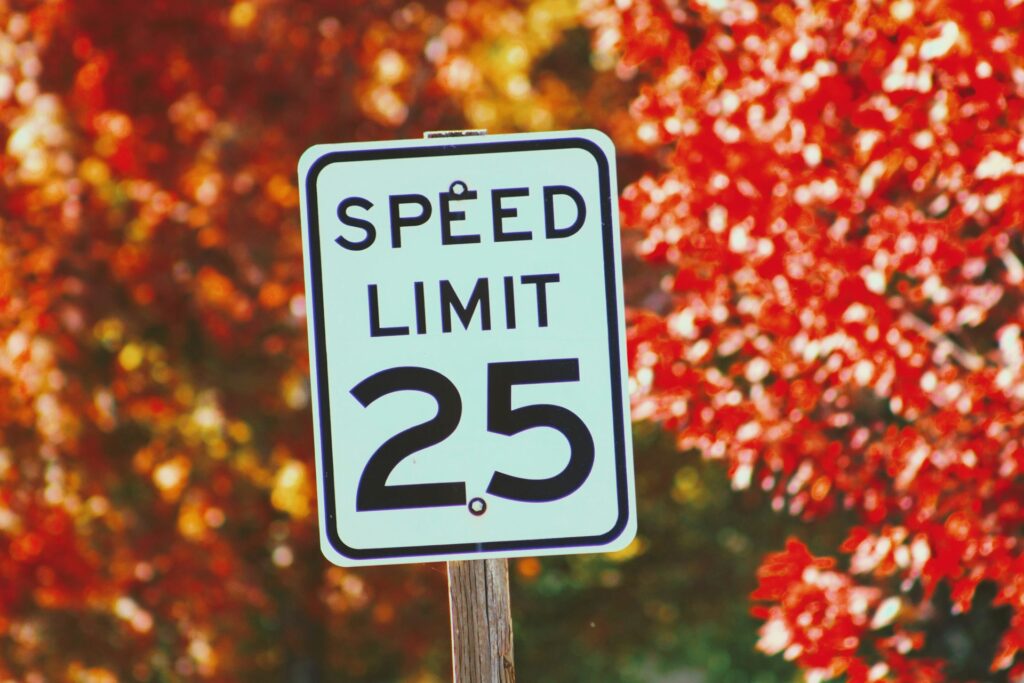
Children near schools often cross streets unpredictably. That is why school zones have reduced speed limits. Many drivers forget to slow down, especially when in a hurry. These limits are not random, they are designed to protect children. Forgetting to follow them endangers young lives and can result in severe penalties. The extra seconds lost by slowing down are insignificant compared to the safety gained.
8. Using Headlights in Rain or Fog
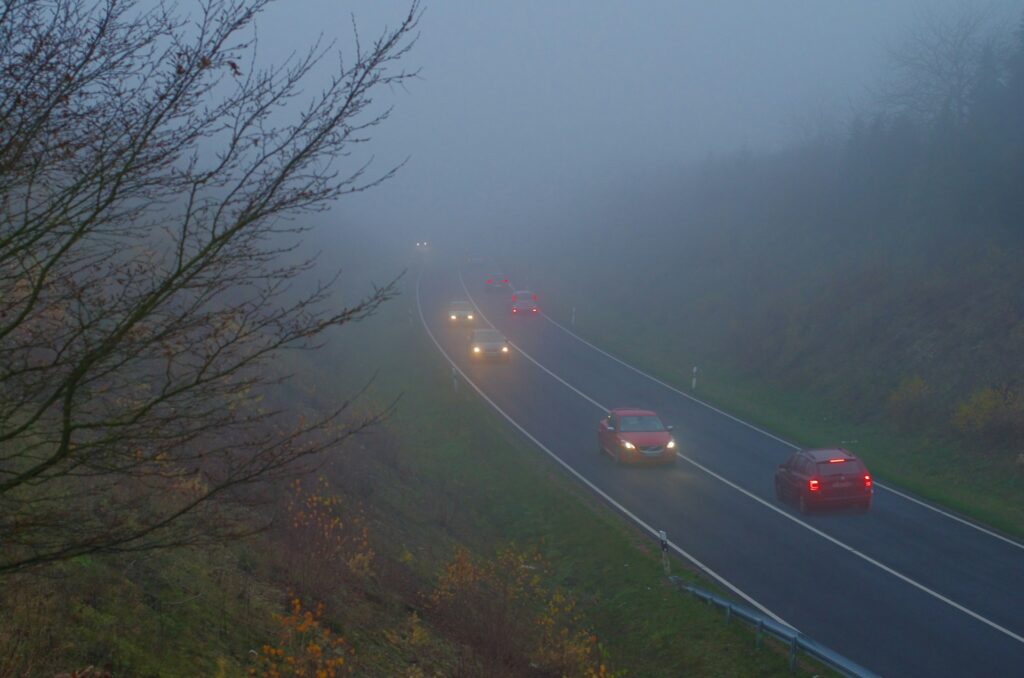
Headlights are not just for nighttime. Many regions require them in rain, fog, or low visibility conditions. Some drivers rely only on daytime running lights, which do not illuminate the rear of the car, making them nearly invisible from behind. Low-beam headlights should always be used in poor weather, while high beams should be avoided in fog because they reflect light back. Forgetting this rule reduces visibility and increases accident risk.
9. Keeping a Safe Following Distance

Tailgating is one of the most common mistakes on the road. Following too closely leaves no time to react if the car in front brakes suddenly. The two-second rule is a standard guide, and in wet or icy conditions, that distance should be even greater. Many rear-end collisions happen because drivers forget to keep space. Leaving a buffer zone improves reaction time and prevents crashes.
10. Stopping for School Buses
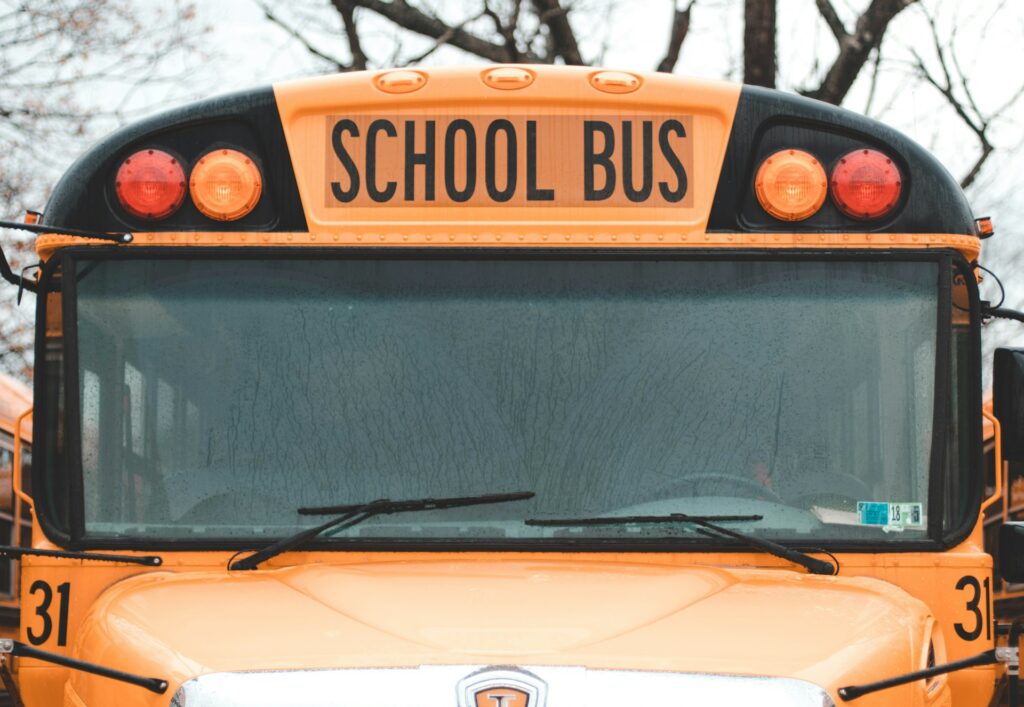
When a school bus has its stop sign extended and lights flashing, traffic in both directions must stop unless separated by a physical barrier. Drivers often forget this and try to pass. Children crossing to or from buses may dart into the road unexpectedly. Passing a stopped school bus is one of the most dangerous and illegal moves a driver can make. Stopping protects children and avoids severe legal consequences.
11. Not Using High Beams Correctly
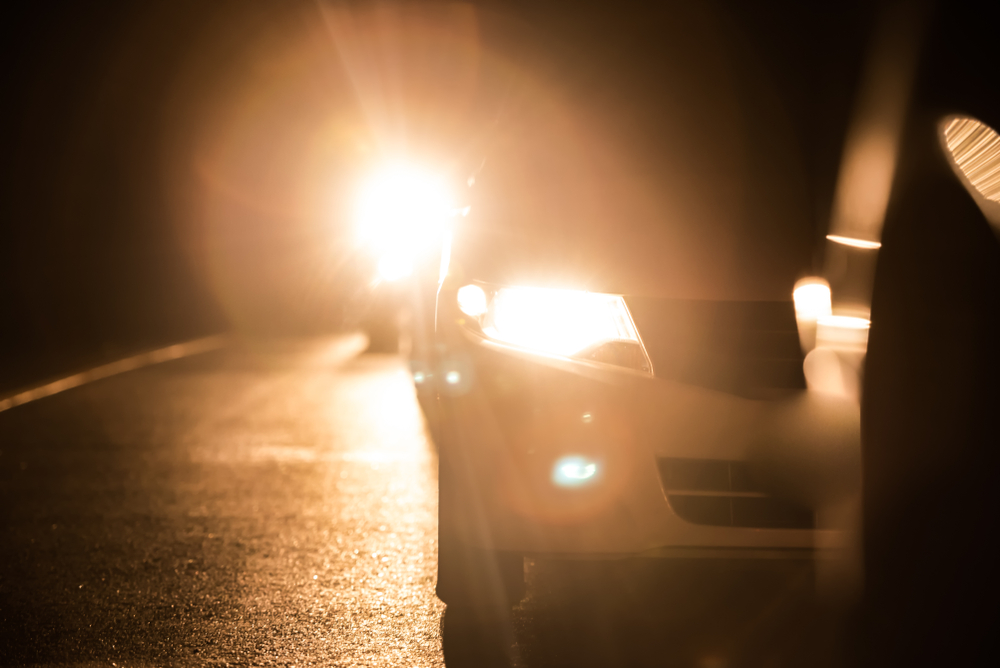
High beams are useful on dark roads but dangerous when used improperly. Many drivers forget to dim them when cars approach. This temporarily blinds other drivers, creating a serious hazard. The rule is to switch back to low beams within 500 feet of an oncoming vehicle and 200 feet when following another car. Forgetting this courtesy reduces safety for everyone.
12. Obeying No-Passing Zones
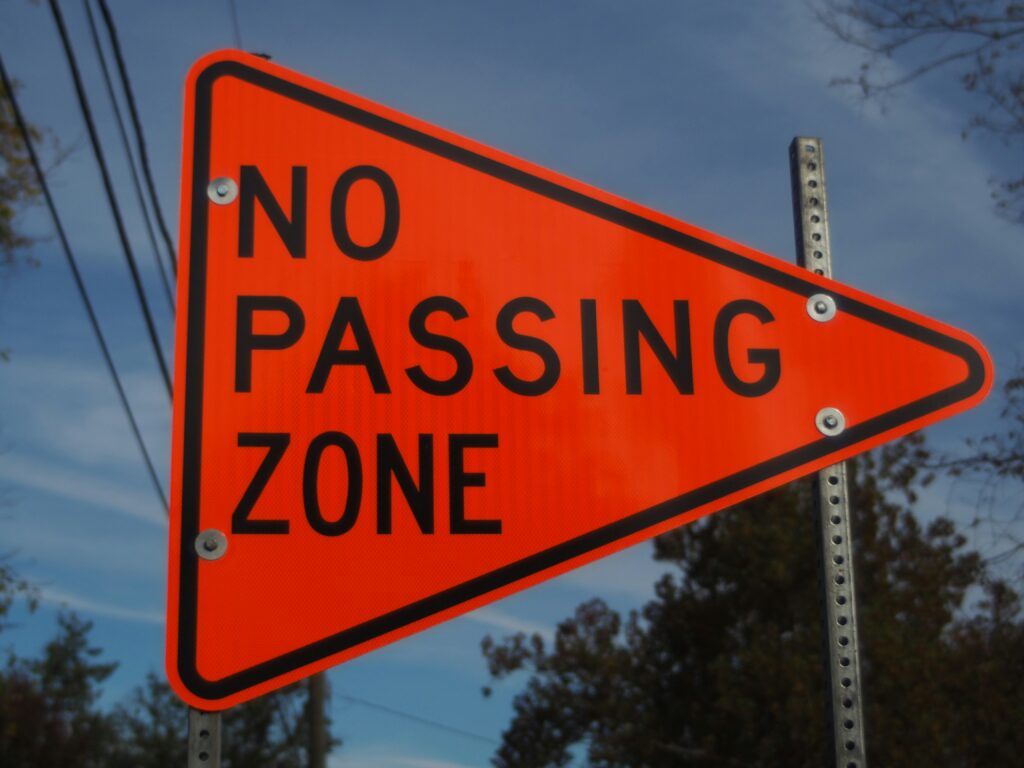
Double solid lines mean no passing. Drivers sometimes ignore this when stuck behind slow vehicles, but those markings exist for safety. No-passing zones are placed in areas with low visibility, such as hills or curves. Forgetting this rule risks head-on collisions, which are among the deadliest accidents. Waiting for a safe passing zone may feel slow but prevents tragedy.
13. Moving Over for Emergency Vehicles
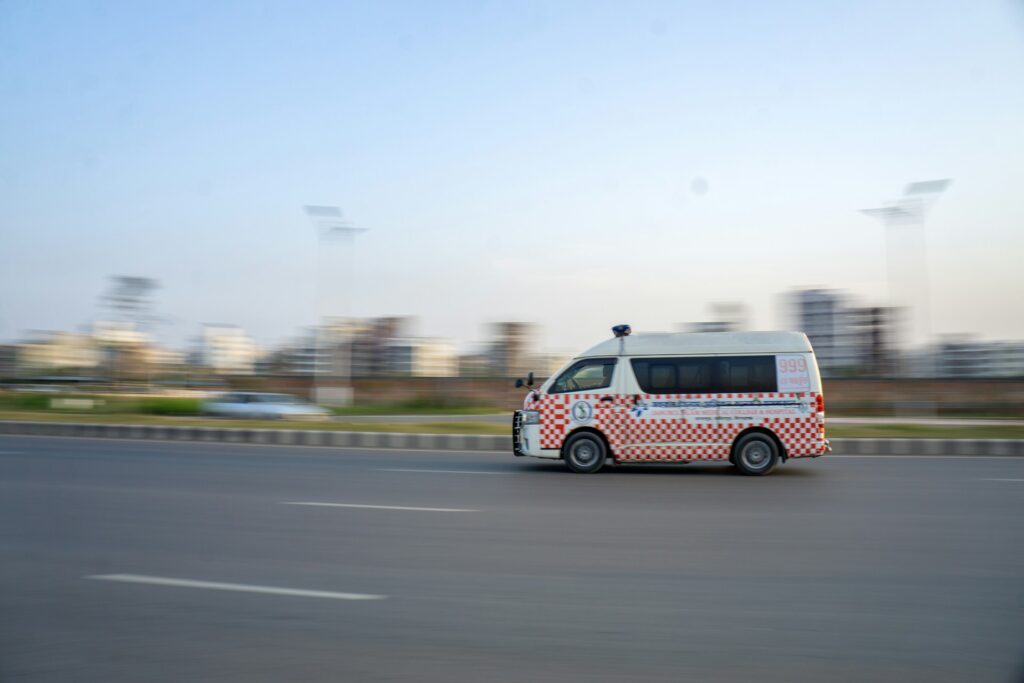
When emergency vehicles approach with sirens and flashing lights, drivers must move to the right and stop. Many forget or freeze in place, blocking their path. Emergency responders rely on clear roads to reach people quickly. Forgetting this rule not only delays help but also puts lives in danger. Yielding promptly is a simple act that can save lives.
14. Using Roundabouts Properly
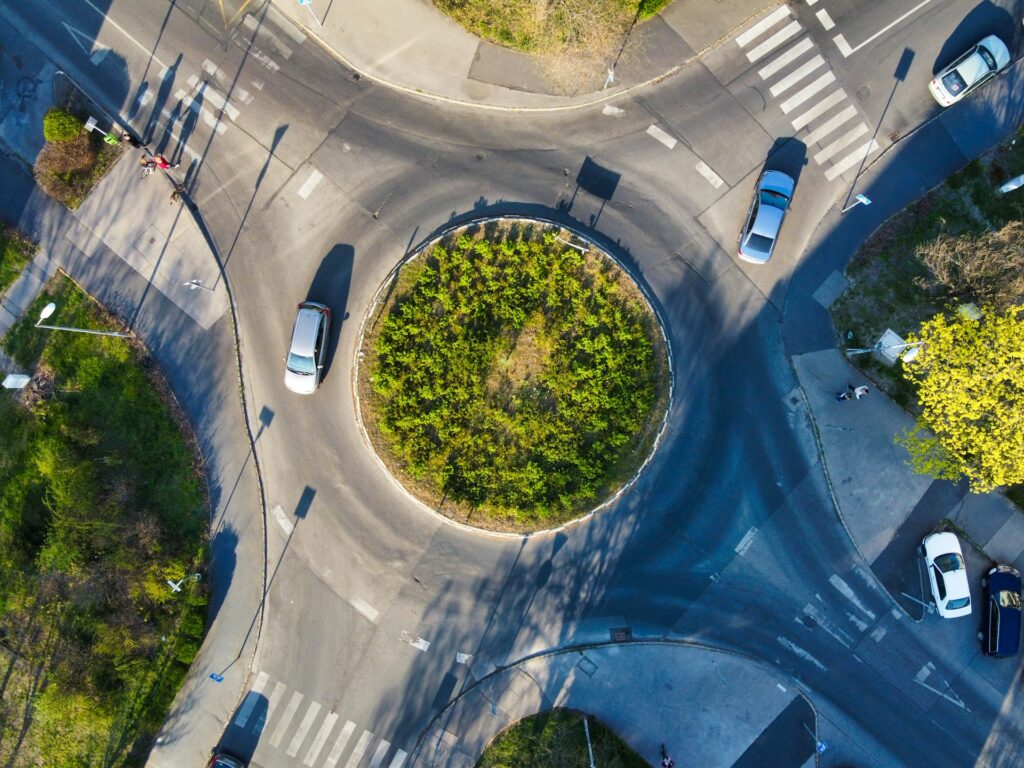
Roundabouts are designed to keep traffic flowing, but many drivers misuse them. The rules are straightforward: yield to cars already in the circle, enter when there is a safe gap, and signal before exiting. Some drivers stop unnecessarily, while others charge in without yielding. Forgetting the rules causes confusion and accidents. With proper use, roundabouts reduce congestion and improve safety.
15. Parking Distance from Fire Hydrants

Parking too close to a fire hydrant can block access in emergencies. Most regions require drivers to stay at least 10 to 15 feet away. Many forget this and risk fines or even having their car damaged if firefighters need to break windows to run a hose through. Forgetting this rule slows emergency response times and can cost lives.
16. Yielding When Merging
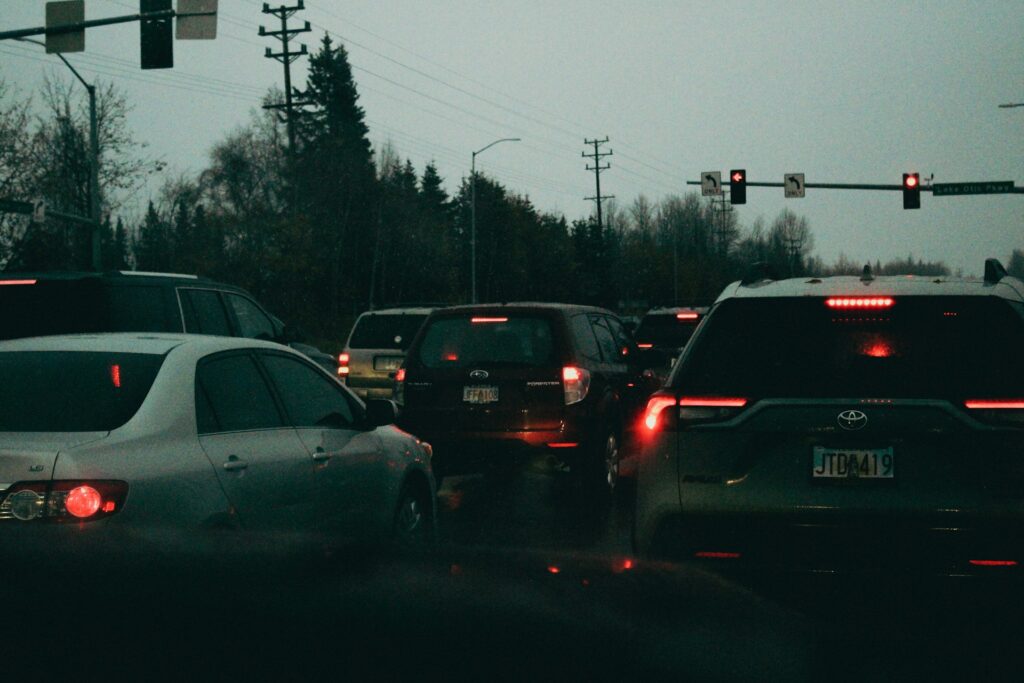
Merging traffic must yield to cars already on the main road. Many drivers forget this and expect others to move aside. This leads to sudden braking and near collisions. Proper merging means signaling early, matching speed, and waiting for a safe gap. Forgetting this rule creates stress and danger for everyone on the road.
17. Obeying Railroad Crossing Rules

Trains move faster than they appear and cannot stop quickly. Drivers often forget this and try to beat them by going around lowered gates. This is one of the most dangerous mistakes a driver can make. The rule is to stop when lights flash or gates lower and wait until the signals clear. Forgetting this has led to countless preventable tragedies.
18. Not Honking in Hazard Situations
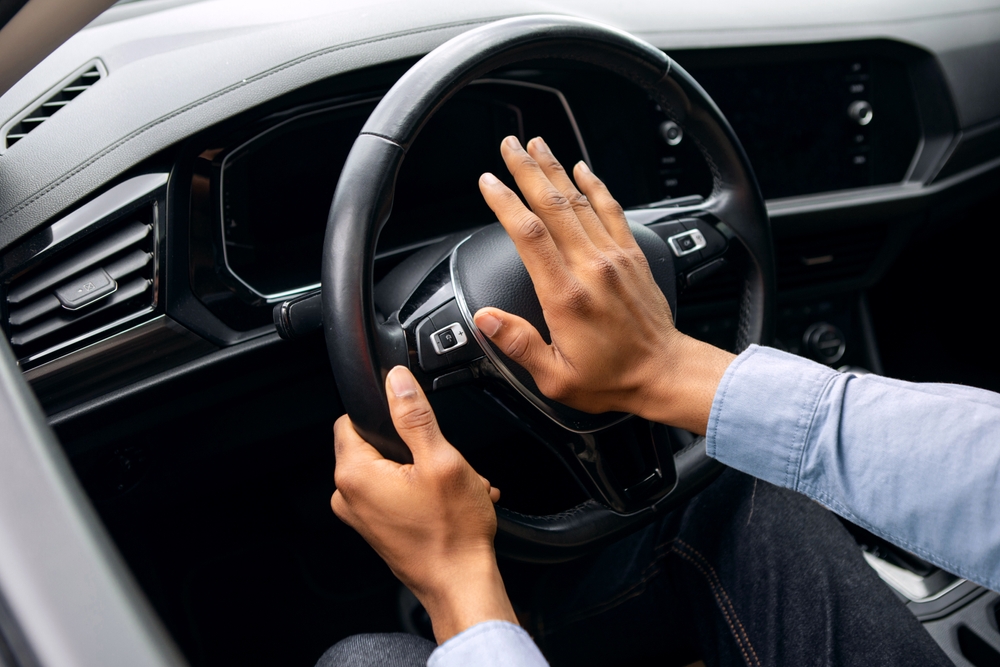
Car horns are tools for safety, not anger. Some drivers misuse them aggressively, while others forget to use them in genuine emergencies. A quick honk can prevent a collision if another driver drifts into your lane. Forgetting to use it properly reduces communication on the road. Honking should be reserved for warning of danger, not expressing frustration.
19. Keeping Right Except to Pass

On highways, the left lane is for overtaking only. Many drivers forget this and cruise slowly in the left lane. This causes congestion and forces others to pass on the right, which is more dangerous. Forgetting this rule leads to road rage and unsafe driving. Staying right unless passing keeps traffic flowing smoothly and safely.
20. Checking Blind Spots

Mirrors cover much of the road, but not everything. Blind spots exist on both sides of a vehicle, and forgetting to check them leads to lane-change accidents. A quick head turn before switching lanes ensures the path is clear. Relying only on mirrors is not enough. This rule is especially important for highways, where traffic moves quickly and mistakes are unforgiving.
21. Stopping for Red Lights Before Turning Right

In many places, drivers are allowed to turn right at a red light after stopping. The key word is stop. Too many drivers roll through without pausing, ignoring pedestrians and cross traffic. Forgetting this rule puts others in danger. A complete stop is always required before turning, even if no one seems to be around.
22. Yielding to Cyclists

Cyclists have the same rights to the road as cars, yet drivers often forget this. Passing too closely or cutting them off at intersections is both dangerous and illegal. The rule is to give at least three feet of clearance when passing. Forgetting to share the road safely with cyclists has serious consequences, as bicycles offer little protection in crashes.
23. Using Seat Belts in the Back Seat
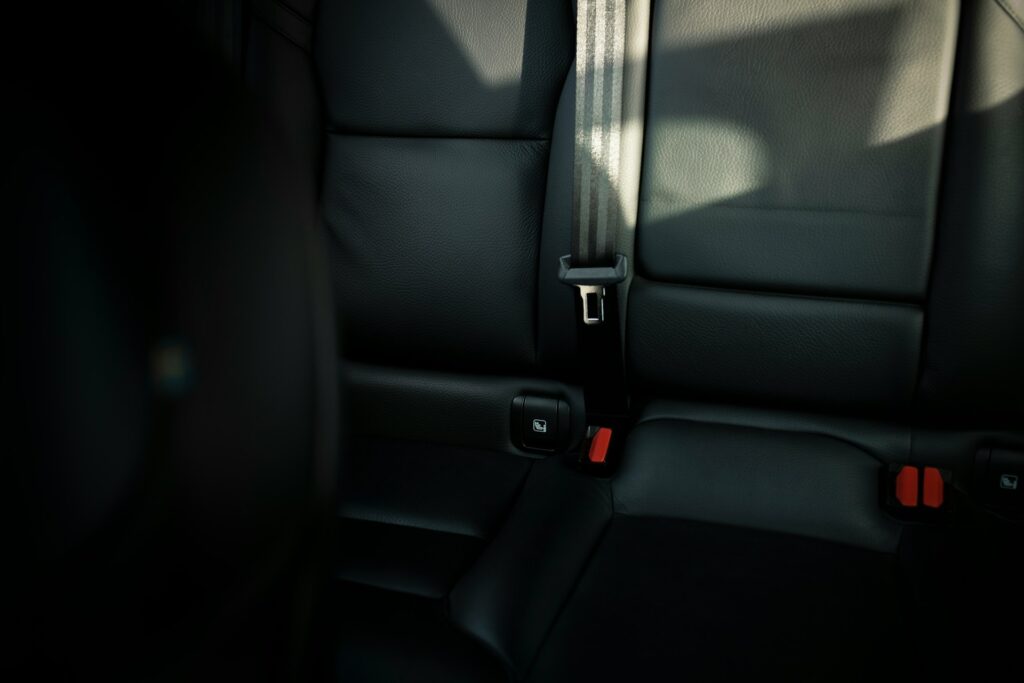
Seat belts save lives, but many passengers in the back seat forget or refuse to wear them. In a crash, unbelted passengers can become projectiles, injuring themselves and others. Forgetting this rule creates unnecessary risks. Every seat in the car is equipped with a seat belt for a reason, and wearing them should be automatic for everyone.
24. Turning into the Correct Lane
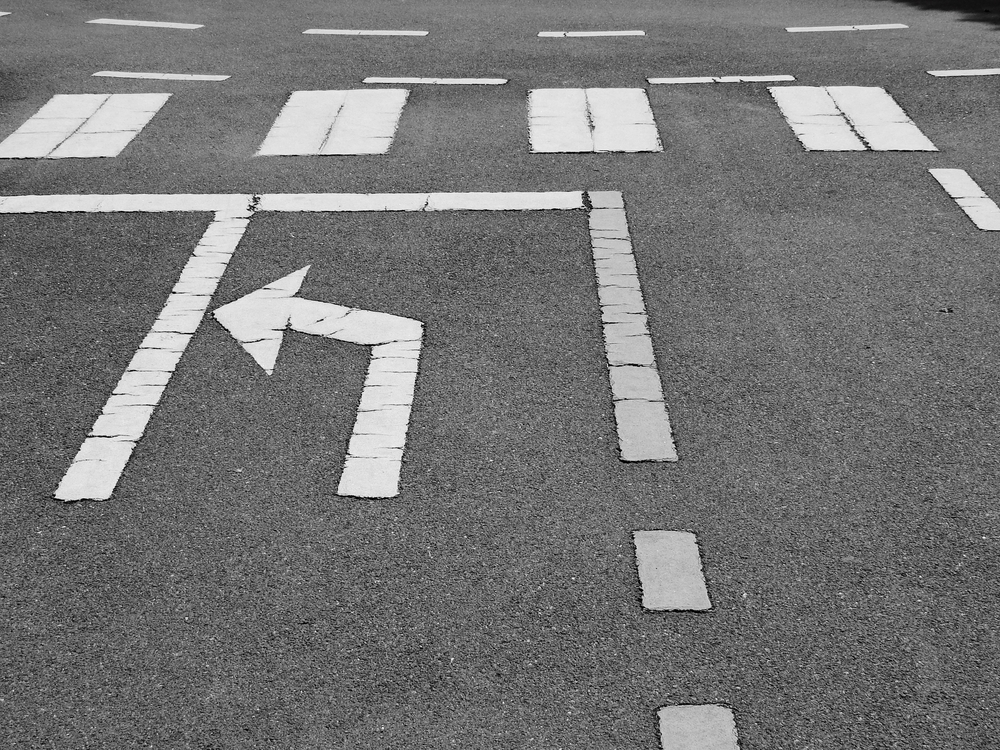
After making a turn, drivers should enter the nearest available lane. Many forget this and swing wide into other lanes, cutting off traffic. Forgetting this rule creates confusion and increases collision risk. Staying disciplined and turning into the correct lane keeps intersections orderly and predictable.
25. Obeying No U-Turn Signs
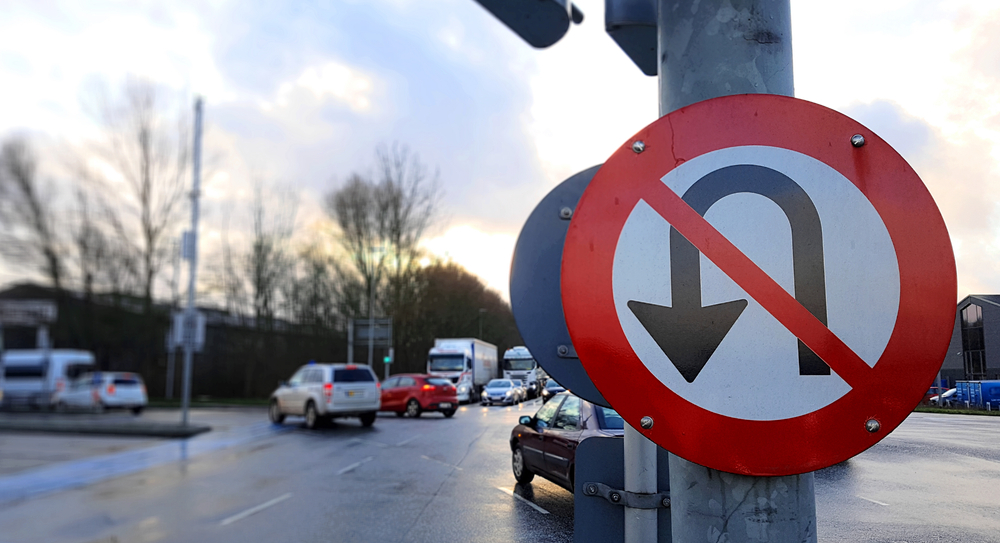
Some drivers forget that U-turns are not allowed in certain areas, often because they are impatient. Making illegal U-turns can surprise other drivers and cause accidents. Signs are placed in spots where U-turns are especially dangerous, like busy intersections or blind curves. Respecting them keeps traffic safer and prevents fines.
26. Not Driving With Hazard Lights in Rain
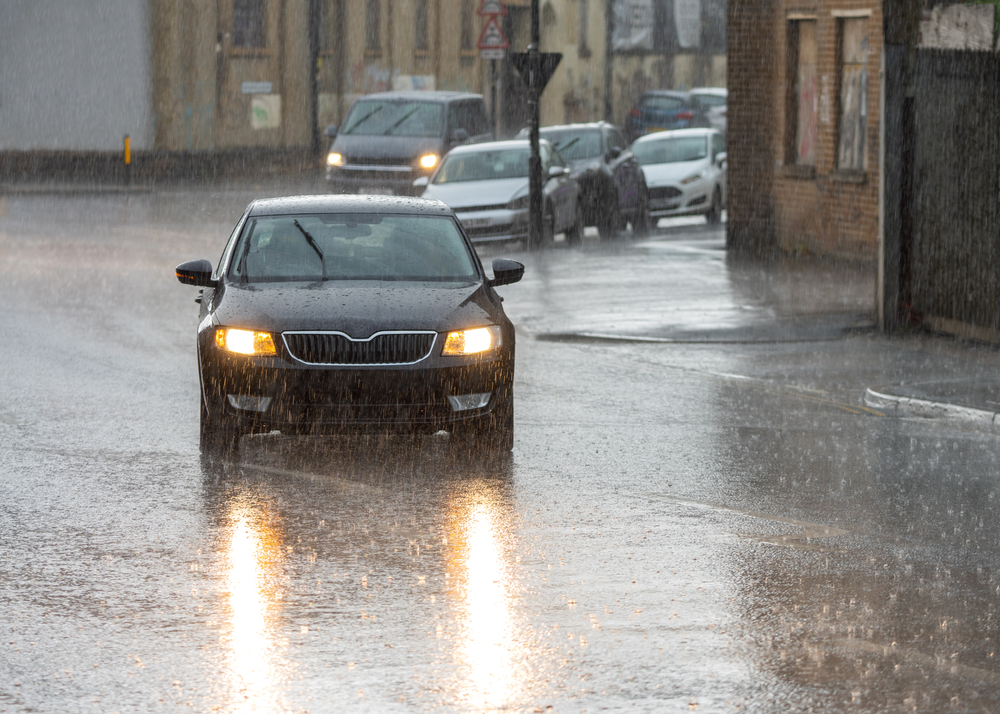
Some drivers switch on hazard lights during heavy rain, but this is incorrect. Hazard lights are meant for stopped or disabled vehicles, not moving traffic. Forgetting this rule creates confusion for other drivers, who may think your car is stopped. In rain, the correct action is to use headlights and reduce speed, not hazards.
27. Keeping Clear of Crosswalks at Traffic Lights
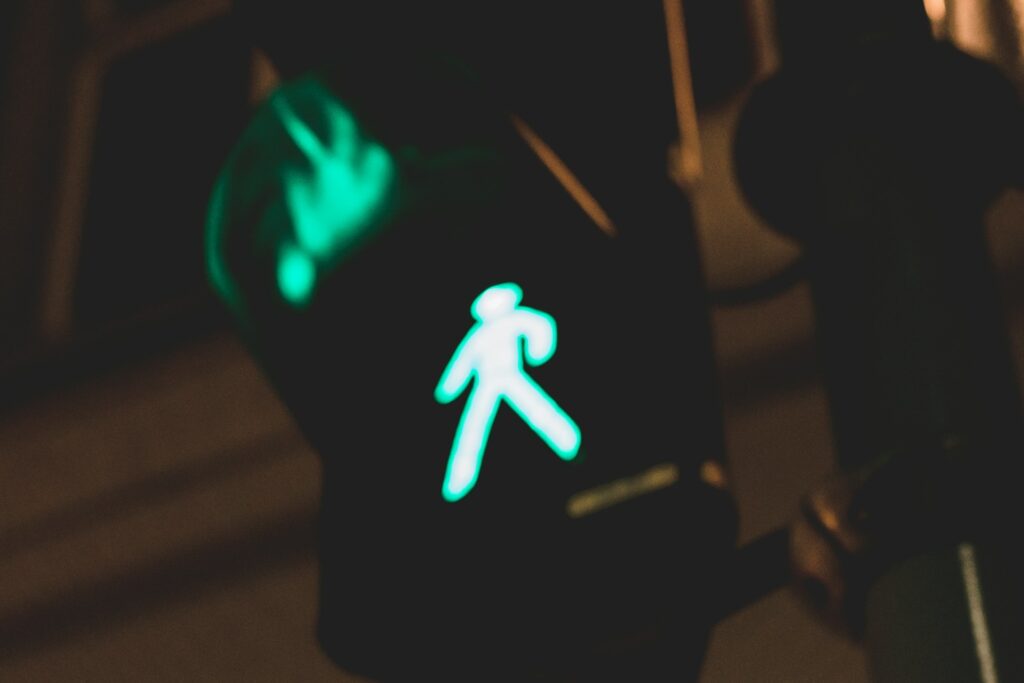
When traffic is heavy, some drivers stop on crosswalks at lights. This forces pedestrians into unsafe paths. Forgetting this rule makes intersections dangerous for walkers and disrupts traffic flow. Always stop before the crosswalk, even if it means waiting behind another car. Protecting pedestrian space is part of being a responsible driver.
28. Yielding to Funeral Processions
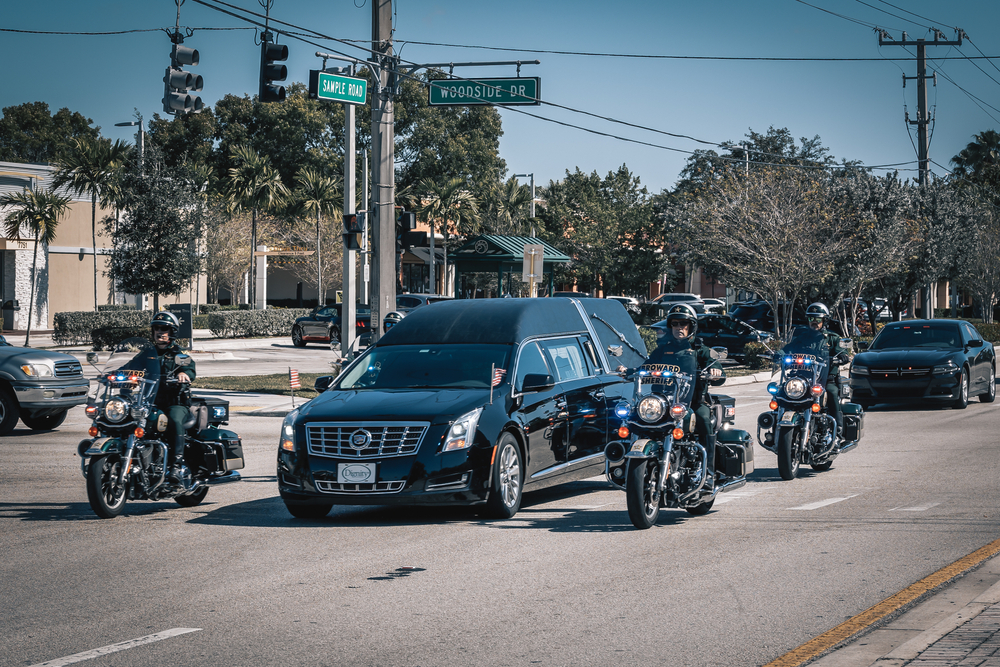
Funeral processions often travel together, with the right-of-way through intersections. Many drivers forget to yield, cutting through them out of impatience. This is both unsafe and disrespectful. Forgetting this rule disrupts the procession and increases risks of collisions. Yielding is a matter of safety and courtesy.
29. Using Headlights at Dusk

Many drivers forget to turn on headlights until it is completely dark. At dusk, visibility drops, and headlights make cars easier to see. Forgetting this rule increases the risk of accidents in fading light. Using headlights early improves safety for both you and others on the road.
30. Not Passing on the Right
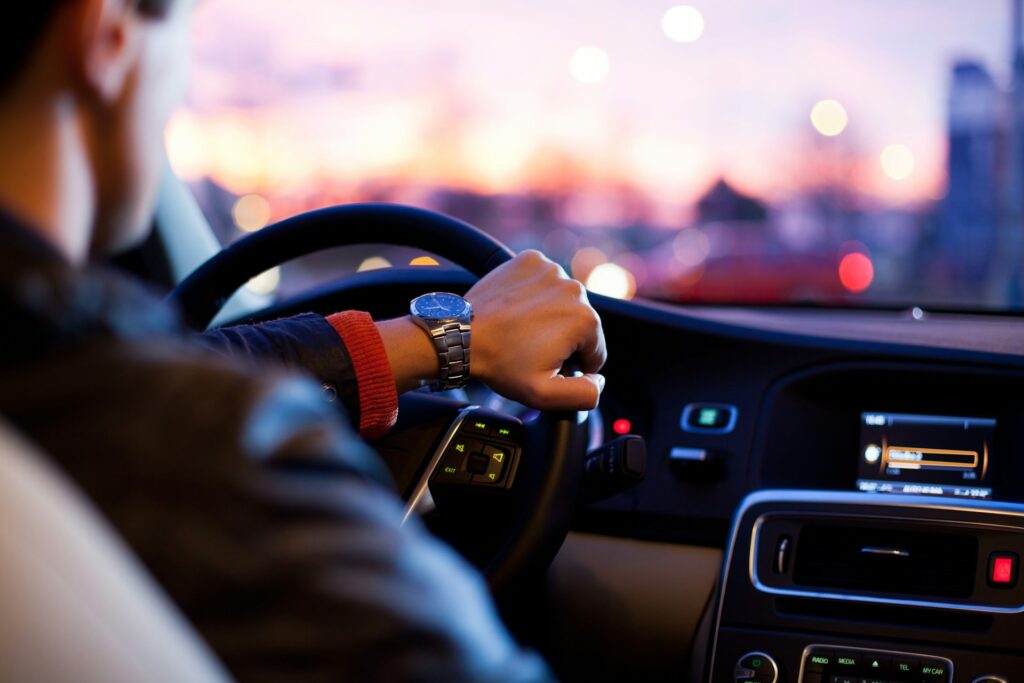
Passing on the right is illegal in most cases, except on multi-lane roads. Drivers who forget this may sideswipe others or cause confusion. The rule exists because most drivers expect passing from the left. Forgetting it creates unpredictable situations. Passing only on the left keeps traffic orderly and reduces risks.
31. Using Turn Signals When Exiting Highways
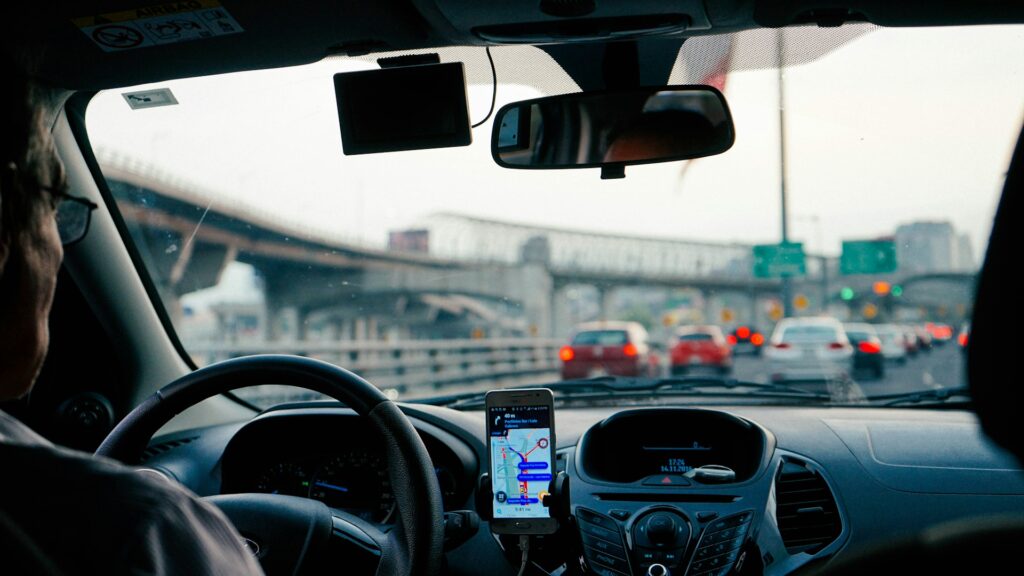
Drivers often forget to signal when leaving a highway. This surprises cars behind them and can lead to rear-end collisions. A clear signal before exiting allows others to adjust speed and position safely. Forgetting this rule may seem minor, but it disrupts traffic flow and increases risks.
32. Stopping at Yellow Lights
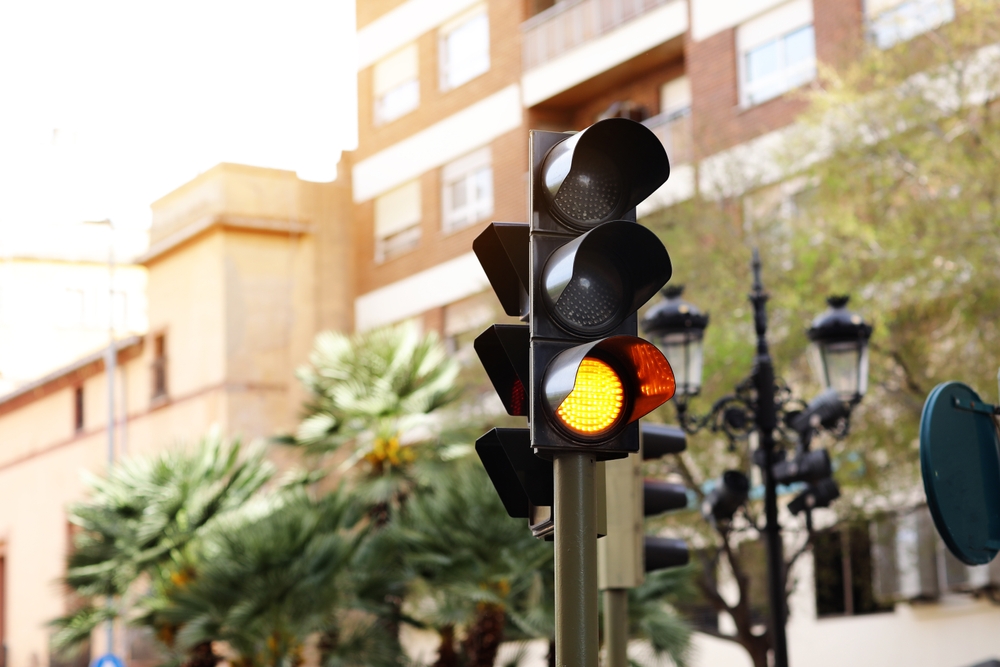
Many drivers speed up at yellow lights, trying to beat the red. The correct rule is to stop unless it is unsafe to do so. Forgetting this leads to dangerous crashes in intersections. Yellow means prepare to stop, not race through. Obeying this rule makes intersections safer for everyone.
33. Yielding to Emergency Vehicles in Intersections
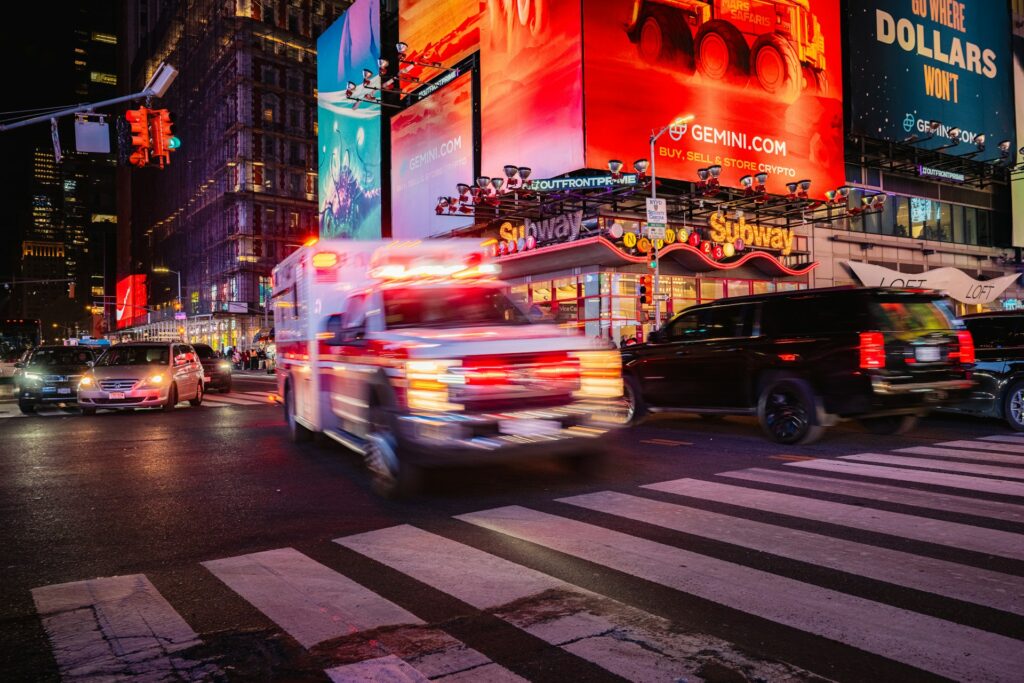
If you are already in an intersection when an ambulance or police car approaches, you must clear the way safely. Many drivers freeze, blocking the intersection. Forgetting this rule delays emergency response times and creates hazards. The safest move is to finish crossing and then pull over as soon as possible.
34. Not Using Daytime Running Lights in Some Countries
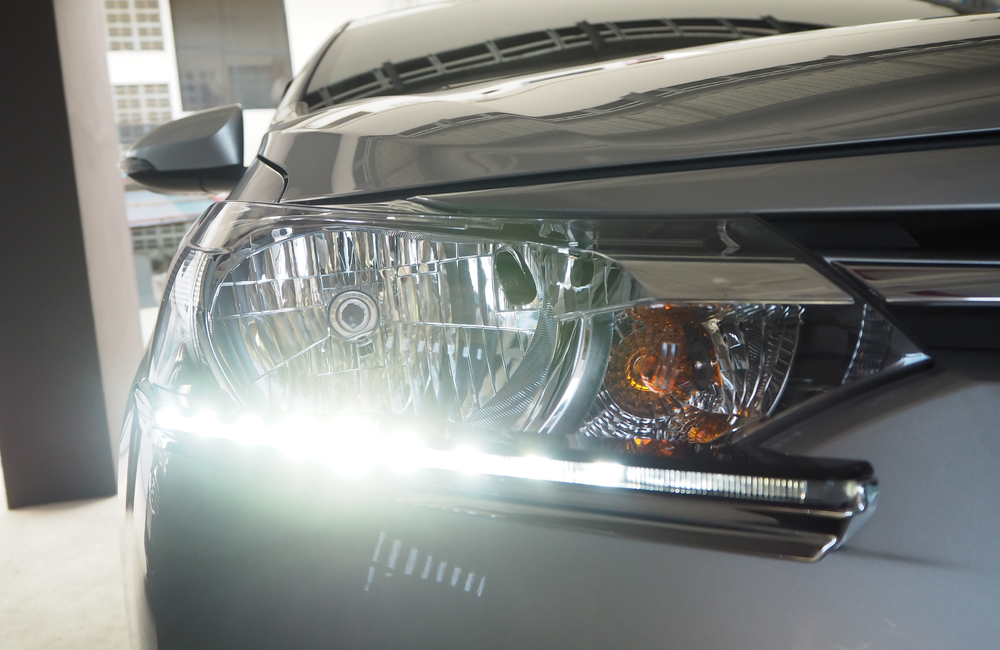
In some regions, daytime running lights are required to increase visibility. Many drivers forget or turn them off, making their vehicles harder to see. Forgetting this rule reduces safety, especially on highways where cars approach quickly. Using lights during the day is a small step that increases overall visibility.
35. Avoiding the Left Lane Except to Overtake
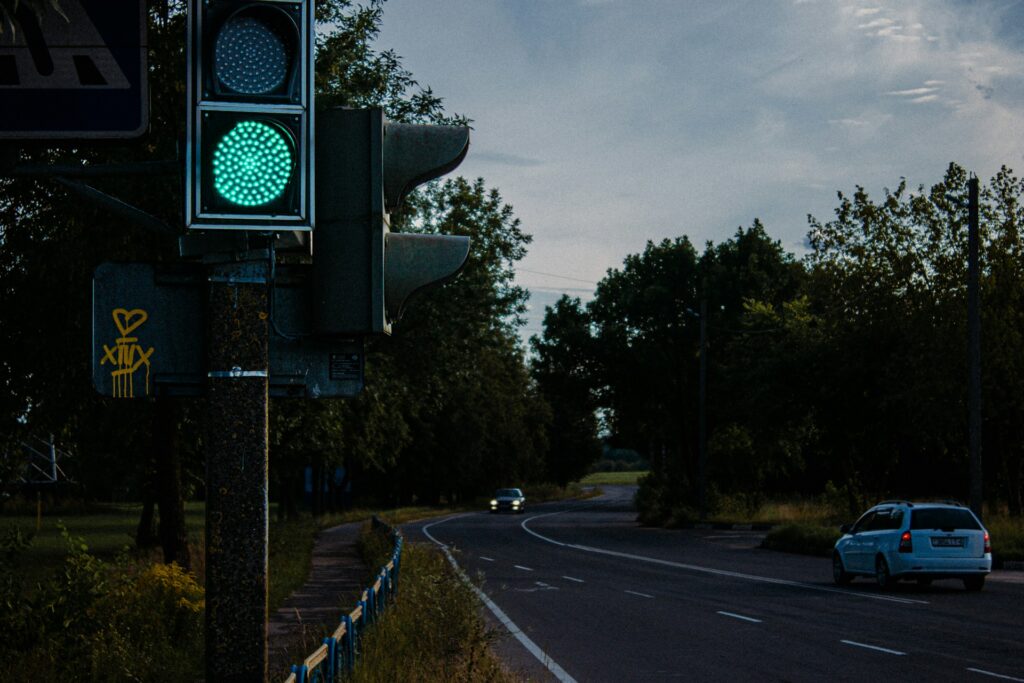
The left lane should be used for passing, not for cruising at slow speeds. Many drivers forget this and linger, blocking faster traffic. This creates frustration and risky maneuvers. Staying in the right lane unless overtaking keeps traffic moving smoothly and reduces aggressive driving behavior.
36. Stopping for Red Lights in Right Turn on Red Jurisdictions
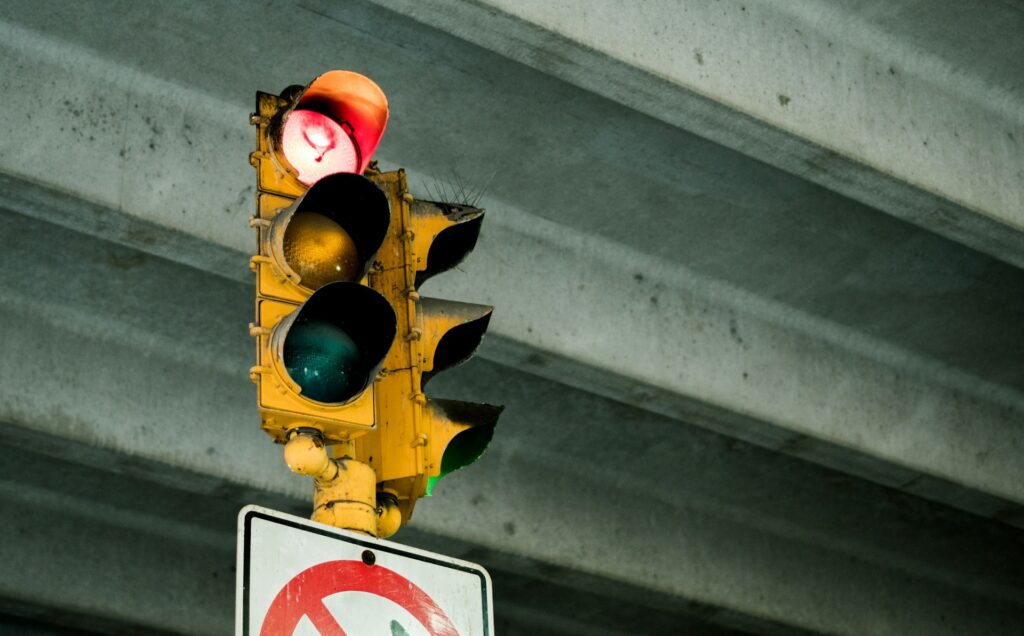
In areas where turning right on red is legal, a full stop is still required first. Many drivers forget and roll through without stopping. Forgetting this puts pedestrians and cross traffic in danger. Always stop completely, check carefully, and then turn when it is safe.
37. Not Giving Way in Parking Lots
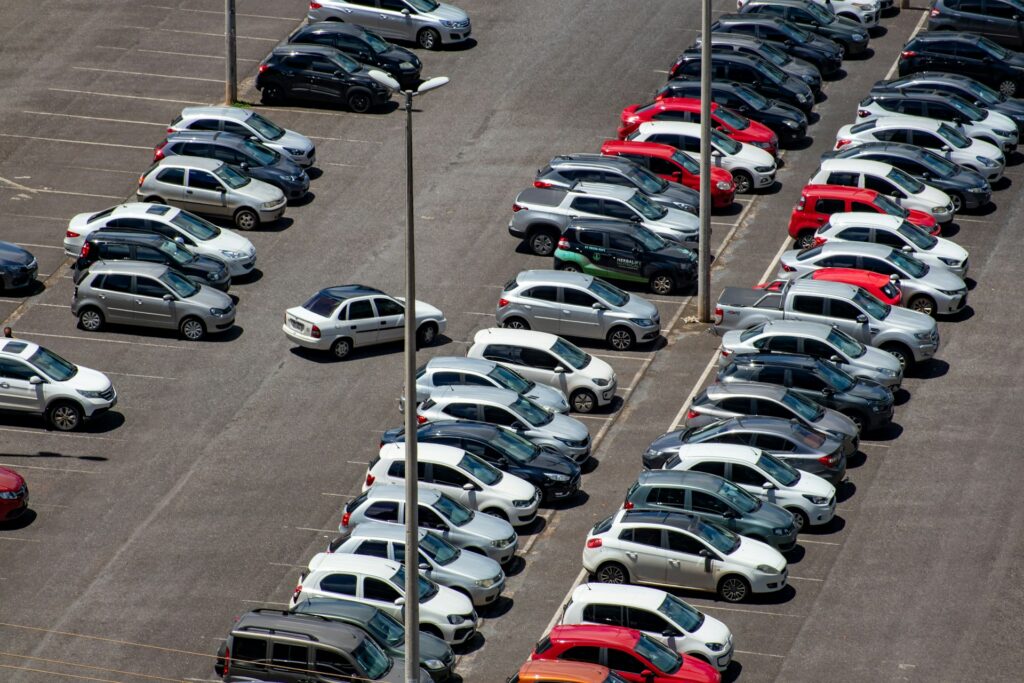
Parking lots have right-of-way rules just like roads. Drivers often forget that those on main lanes have priority over cars pulling out of spaces. Forgetting this causes near misses and fender benders. Moving slowly and respecting right-of-way keeps parking areas safe and less stressful.
38. Obeying Lane Discipline on Highways
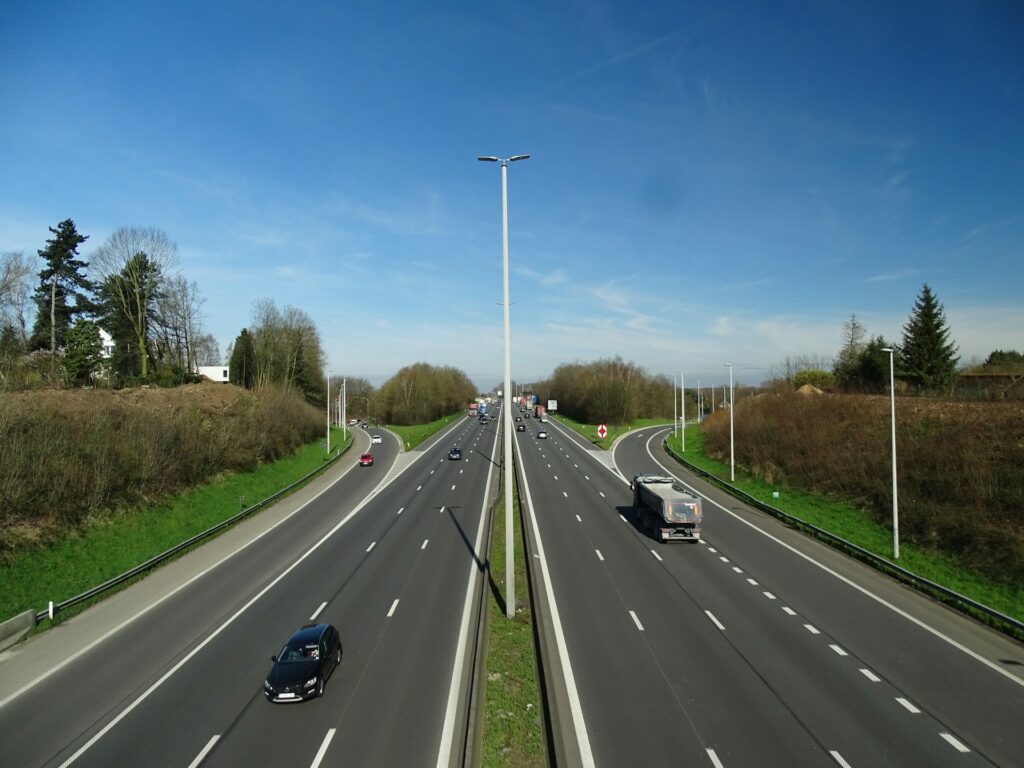
Drifting between lanes without signaling or staying in the wrong lane is a common mistake. Forgetting lane discipline confuses other drivers and increases risks. The rule is to stay in your lane unless overtaking and to signal every movement. Consistent lane discipline makes highways safer and more predictable.
39. Yielding to Pedestrians at Turning Intersections
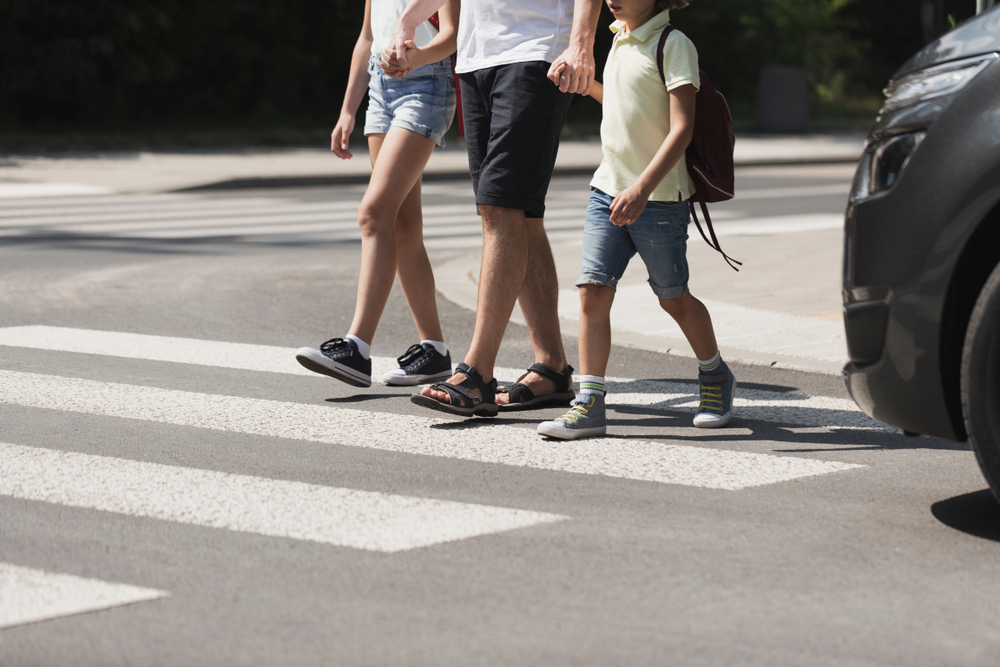
When turning at intersections, many drivers forget to yield to pedestrians in crosswalks. This is dangerous and illegal. Pedestrians always have priority, even if you have a green light. Forgetting this rule puts lives at risk. Waiting until the crosswalk is clear is a simple way to protect pedestrians.
40. Using Proper Headlight Spacing at Night
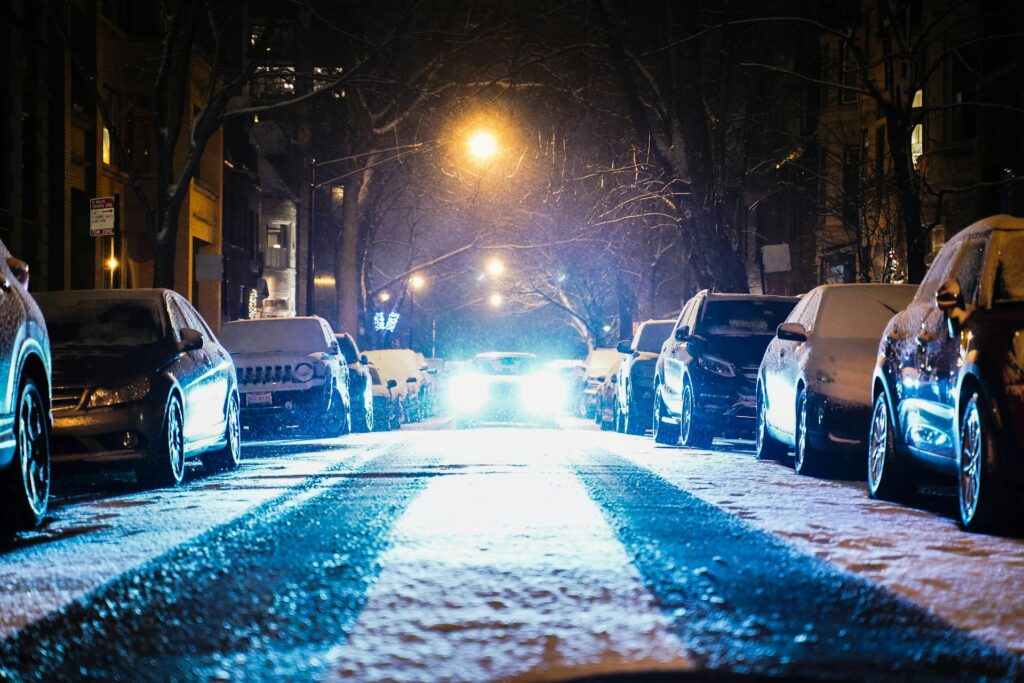
High beams should not be used when close to other vehicles. The rule is to dim them within 500 feet of oncoming traffic and 200 feet when following another car. Forgetting this blinds other drivers and increases accident risks. Proper headlight use improves safety for everyone on the road.
Disclaimer: This article was created with AI assistance and edited by a human for accuracy and clarity.
